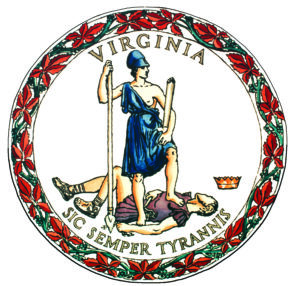Would you rather listen than read? Click on the audio file below.
Commissioned in 1754, the Gunston Hall mansion replaced an older structure George Mason inherited from his father. He and Ann named the new building Gunston Hall after an earlier English home, “Gunstone,” that belonged to one of George’s relatives.
Take a look. Does the house seem big or small to you? (Maybe you think that it is medium-sized.) Now shift your eye to the small frame buildings that are on either side of the mansion. At the time Gunston Hall was built, about 90 percent of Virginians lived in spaces no bigger than one of these structures.
For George Mason, this huge house was a symbol of his birthright, his place at the center of a vast farming and export business, and his inherited role as a leader in his family and community. His success, however, was ultimately built upon the backs of hundreds of enslaved workers.
Walk up to the mansion and place your hands upon the handmade brick wall that is more than one foot deep in places. You may feel the indentations of fingers both large and small. Fingerprints left behind may have belonged to work-roughened hands of enslaved children like Oronoko (13 years old), Cato (10 years old), or Jenny (8 years old), as children helped make bricks on many 18th-century plantations. These young slaves may never have entered the finished house.
The twelve Mason family children, by contrast, were quite comfortable in the space. Walk onto the porch and peer through the windows. Imagine the kids opening the solid black walnut doors and walking into rooms with woodwork painted in bright, bold colors and walls covered with printed wallpapers. The fanciest room in the house was even accented in gilt (gold) trim. The furnishings, a mix of old and new, English and American pieces reminded guests of George and Ann’s heritage and their refined taste.
Life inside the mansion depended on the people who labored in the surrounding spaces and buildings. Explore these areas to learn more.








